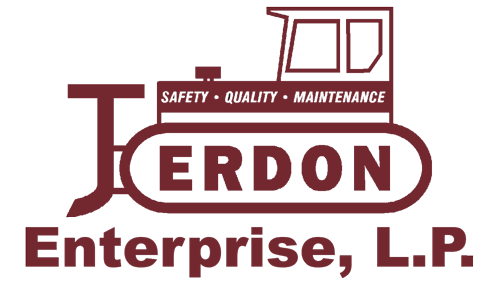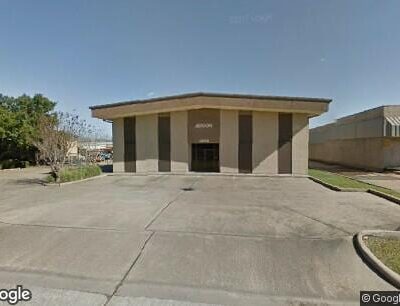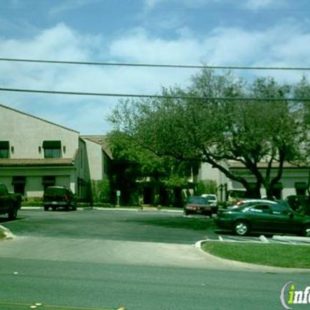Cement Companies Assist Current Administration’s Emissions Plan by Utilizing Green Hydrogen Carbon Capture
Cement Companies Assist Current Administration’s Emissions Plan by Utilizing Green Hydrogen Carbon Capture
- March 25, 2021
- Posted by: jerdonlp
- Category: advancement, Construction, Construction News, Green Building, Projects, Safety, technology

HeidelbergCement partners with Swansea University researchers in installing and operating a green hydrogen test unit at their construction site in the United Kingdom. The collaboration between the two is a prime example of companies within the construction industry turning to greener alternatives to help reduce emissions.
The project’s goal is to find ways to maintain productivity while reducing emissions from the site. The green unit housed inside a converted shipping container was placed at a GGBS plant just south of Wales. GGBS, also known as ground granulated blast furnace slag, can be used as an alternative to cement when producing concrete. Cement production has a considerable impact on the environment. Studies show that an estimated 4 billion tons of cement are produced each year and about eight percent of production contributes to global CO2 emissions.
GGBS has proven to contain a lower carbon footprint than cement, but it is still an energy-intensive product. This means that GGBS still requires large amounts of electricity and natural gas. A researcher from the project stated that improvement is better than nothing, and replacing cement with green hydrogen will still have a positive impact since it only emits water when burned during production. The process is achieved through electrolysis, splitting water into oxygen and hydrogen. Then, if the electricity source is renewable (the site does utilize on-site wind and solar power sources), the product is certified as “green hydrogen” and proven to help reduce CO2 emissions.
According to studies, cement manufacturing is one of the most energy and carbon-intensive industries. That with the combined potential of research data made construction sites the perfect industry to perform live experimentation of the device and its potential. The largest cement company in the world, LafargeHolcim, announced it would participate in the collaboration to “explore the development” of carbon capture and storing resolutions. The company plans to participate using two of their facilities, one in Europe and the other in North America. Carbon sequestration technology from Schlumberger New Energy will be utilized for their studies. Carbon sequestration is the process of capturing and storing atmospheric carbon dioxide.
The project and its results hope to prove useful and eventually have other industries with high emissions rates utilizing the technology and devices to contribute to improving emissions and sustainability. Other companies like BMW and Hydro utilize aluminum, created using solar energy, as a sustainable option.
As the current administration stresses the importance of reducing carbon emissions, more companies are hearing from their clients about renewable, sustainable energy options within their offers.
Jerdon Enterprises, L.P. has over three decades of engineering and construction experience to provide the best results for your project. View our portfolio to check out projects we’ve been involved in, as well as our services to see what we can do for you. Have a question regarding employment opportunities or to discuss a potential project, contact us today!



